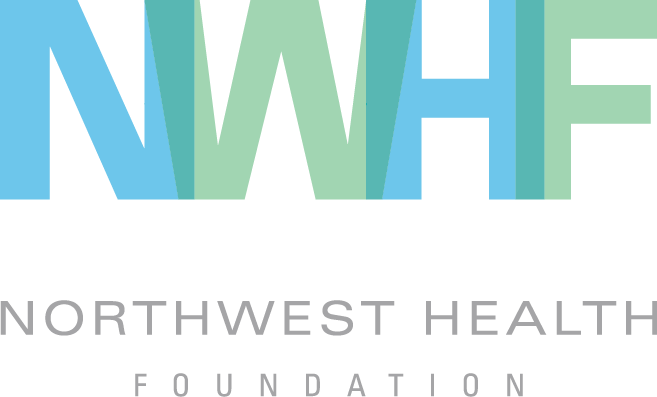From The Annie E. Casey Foundation :
In this policy report, the Annie E. Casey Foundation explores the intersection of kids, race and opportunity. The report features the new Race for Results index, which compares how children are progressing on key milestones across racial and ethnic groups at the national and state level.
The index is based on 12 indicators that measure a child’s success in each stage of life, from birth to adulthood, in the areas of early childhood; education and early work; family supports; and neighborhood context. The report also makes four policy recommendations to help ensure that all children and their families achieve their full potential.
Download the report here.



